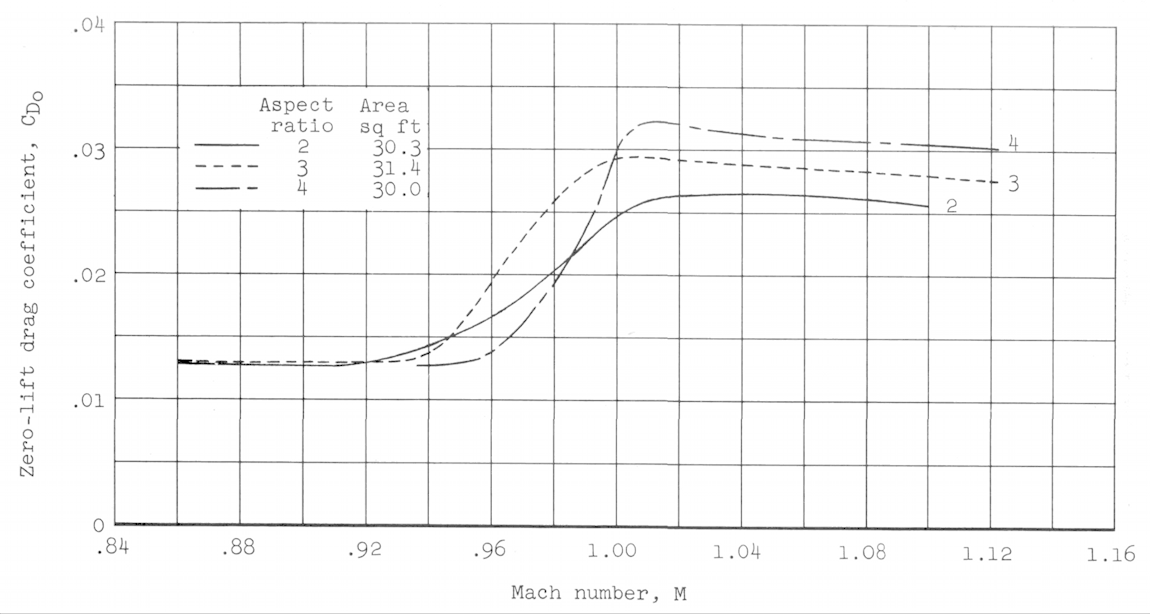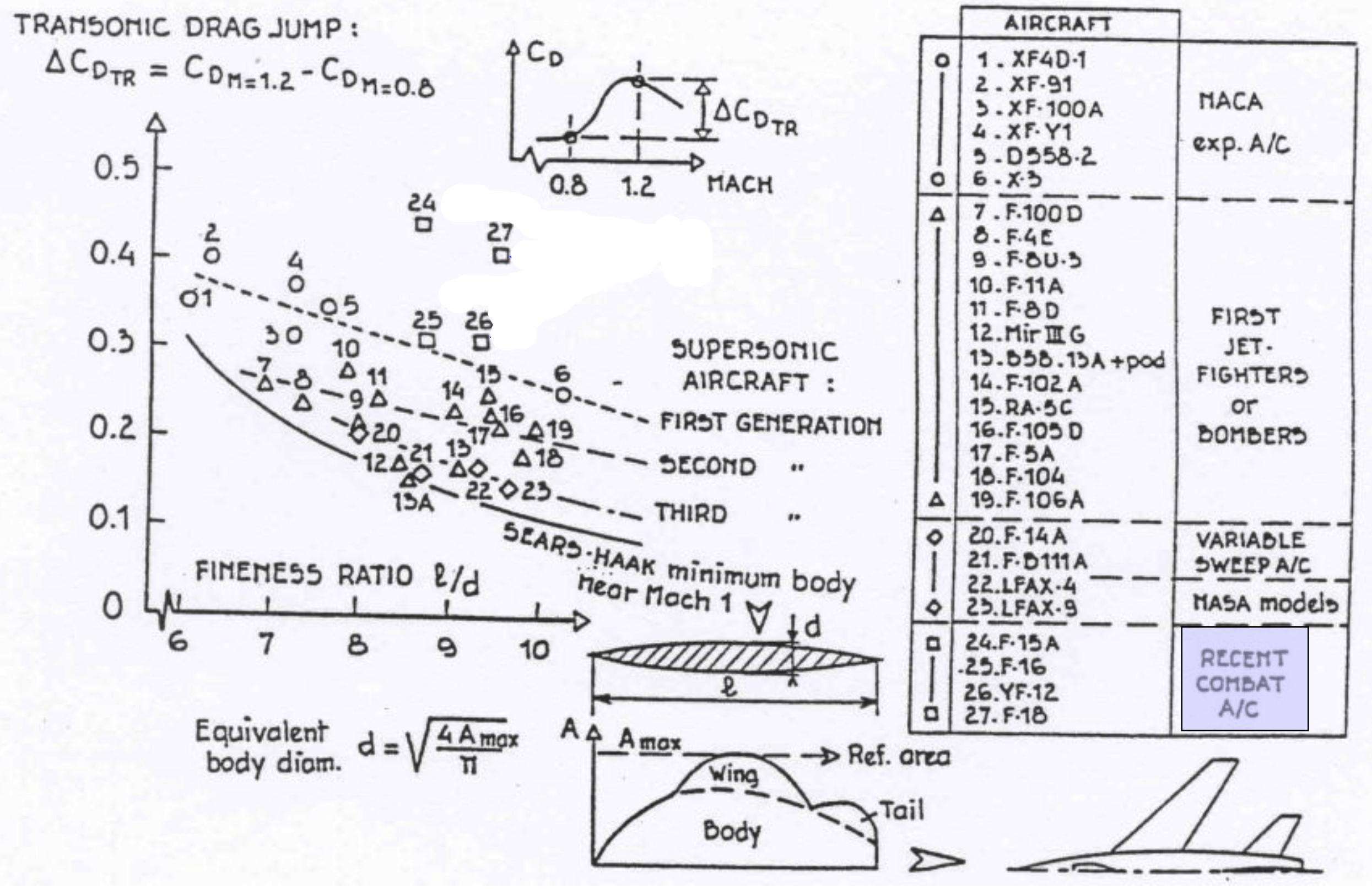Yes, it is entirely possible that the airplane will hit a wall where no more acceleration is possible while climbing. This is called the sound barrier. Besides the geometry, both the Reynolds number and the Mach number influence L/D.
As a rule of thumb, the zero-lift drag coefficient at least doubles when accelerating to Mach 1. Slenderness and sweep help to keep this rise down, but some is inevitable. Below is a plot with test data from the linked NACA Research Memorandum A55F06 for wings of different aspect ratio.

Figure 9 from NACA Research Memorandum A55F06 (picture source)
Just so you don't think this can be overcome by clever design, below is a survey of the drag rise of supersonic aircraft, taken from a short course on fighter design by Ray Whitford. While engineers could lower the drag rise with increasing experience, the Sears-Haack body shows that there is a theoretical lower limit that cannot be avoided.

Supersonic drag rise survey by Ray Whitford. Note that here the absolute increase in overall drag is plotted. This graph includes all effects like trim drag which contribute to the supersonic drag rise.
However, this can be overcome by inserting a short dive which helps to gain enough kinetic energy to overcome the drag hump shortly past Mach 1. But you need to start with enough excess thrust so any net thrust is left in the supersonic region.
By the way, the thrust of your ideal rocket will increase on the way up because the atmospheric pressure drops. This will result in an increase in the pressure difference between the thrust chamber and outside pressure.


